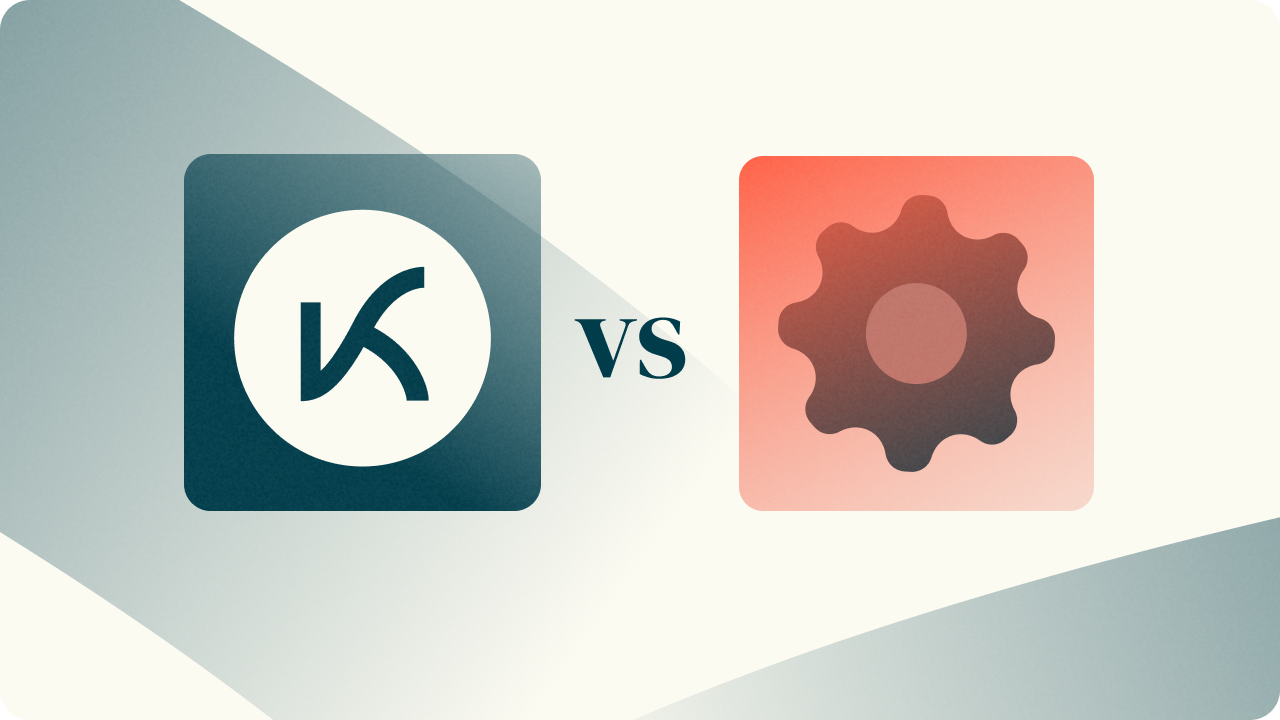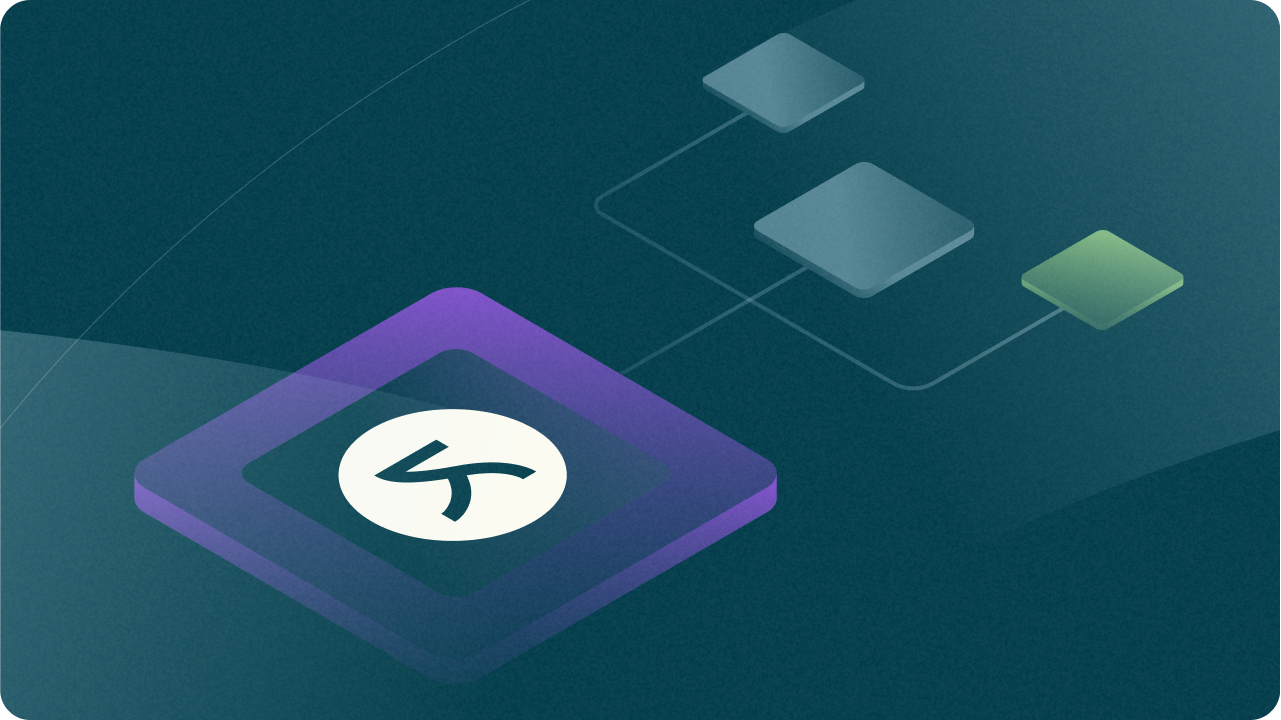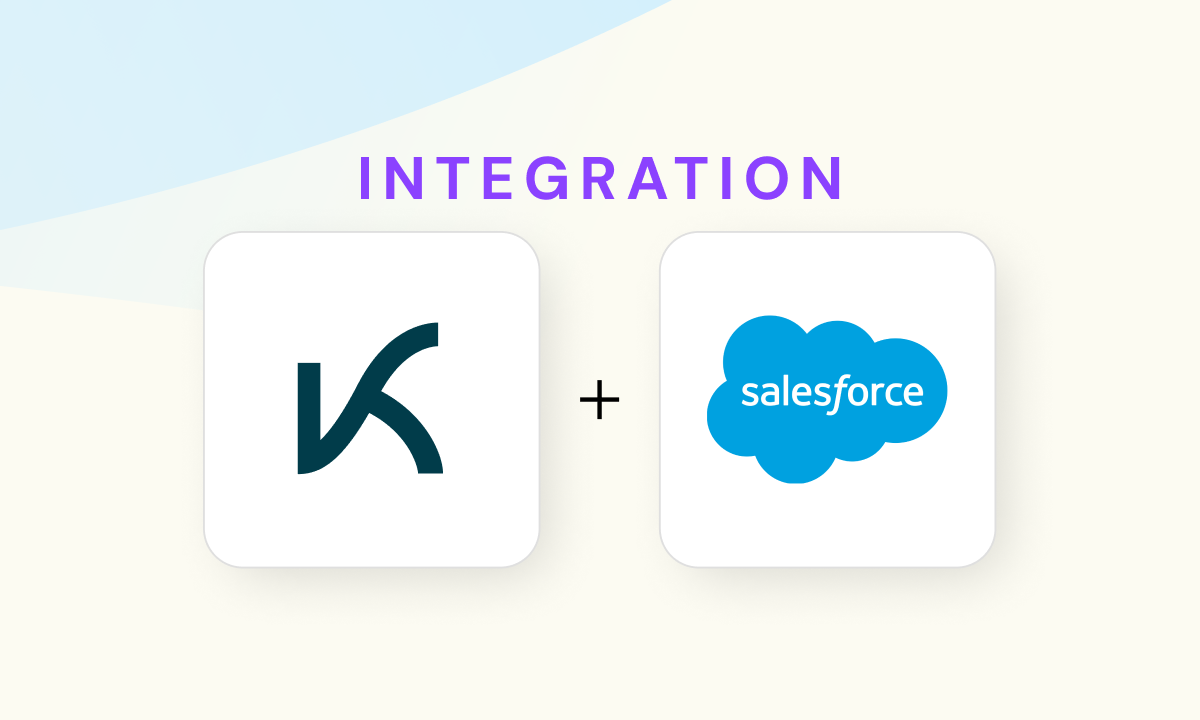
Robotic Process Automation (RPA) solutions like UiPath have been market leaders for good reason. RPA has been an excellent tool for automating simple, repetitive tasks with logic-based scripting and screen-scraping technologies. Where it falls short, though, is in addressing complex use cases or when minor UI updates can disrupt an entire automation workflow. Further, the slightest variations in input data can break the process, leaving RPA developers scrambling to identify and fix bugs before mission critical processes halt.
After years of overlooking the flaws of RPA, enterprise technology leaders find themselves questioning whether their RPA investments are truly bringing value to the business or if the maintenance costs and headaches are just too high. Even the market leader in the RPA space, UiPath, continues to fall short of business and investor expectations. Fragile bots are constantly breaking, and the subsequent maintenance drives costs far higher than anticipated, creating an urgent need for a more resilient, intelligent, and cost-effective automation solution.
Kognitos has created a cost-efficient SaaS platform rooted in AI and natural language, marking a paradigm shift in enterprise process automation. RPA incumbents are no longer the best or only option available. This analysis highlights six key dimensions where the Kognitos platform outperforms UiPath: usability, implementation, efficiency, cognitive ability, cost structure, and scalability and governance.
Natural Language Processing and Usability
Intuitive Interface Design
Kognitos’ natural language processing fundamentally reimagines human-machine interaction by using plain English rather than a technical coding language to interpret and execute business processes. This allows both IT personnel and key business stakeholders to create complex automations from simple instructions. In contrast, UiPath’s visual workflow designer requires an elaborate understanding of programming logic and its deep nested menus. Kognitos is supported by a neurosymbolic AI architecture which combines generative AI with deterministic reasoning to support the full-scale needs and dynamic nature of enterprise processes.
Documentation is Automation
UiPath’s “citizen developer” approach meant to reduce pressures on IT by allowing anyone to access automation. Instead, business users had to become pseudo-developers whose low-quality implementations further exacerbated the burden on already-constrained IT teams.
Instead of anything resembling “shadow IT” or even “shadow AI”, the innovative features of the Kognitos platform and its hyperautomation lifecycle (HAL) methodology create opportunities for IT to support a larger scope and quantity of business needs. In addition, business users and key stakeholders hold influence and direct visibility into relevant automations.
With Kognitos, there’s no need to learn coding concepts or fumble with drag-and-drop editors, team members simply document their processes in English. The platform understands written business documentation natively, such as the instructions contained in a standard operating procedure (SOP) document from finance or HR. When processes change, users simply update the documentation in Kognitos’ natural language interface or provide guidance through a chat interface. By reconsidering the way humans work with machines— AI interprets documentation rather than people learning programming—Kognitos enables businesses to unlock efficiencies through automation without the complexity that plagues UiPath’s technical environment.
Learning Curve
Kognitos users can become proficient in as little as 8-10 hours, because they only need to learn the natural language constructs instead of abstract programming concepts. Compare this with the 80-120+ hours required for users to gain basic proficiency in UiPath Studio, and you’ll see that learning time is reduced by at least 90%. New Kognitos users can create automations in just two weeks, in contrast to three months or more with UiPath. Over time, users see a compounding effect to accessibility as Kognitos’ AI capabilities learn organizational terminology, understand context, and simplify communication.
Implementation and Maintenance Efficiency
Cost Structure Analysis
Kognitos is set up on a serverless architecture that drastically reduces cost of ownership compared to UiPath’s licensing and infrastructure. UiPath’s pricing model burdens organizations with an abundance of required components that drive up annual expenses via direct costs:
- Orchestrator License: $25,000 a year to manage and schedule processes in a production environment
- Studio Developer Licenses: between $3,000-$5,000 a year per developer
- Unattended Robots: $6,000-$10,000 each
- Attended Robots: $2,000 a year per robot
- Development/Staging Environments: $10,000 annually for Orchestrator and $1,200 per bot for additional Unattended Robots
- UiPath-Hosted Infrastructure: $10,000 a year per robot, which includes Orchestrator costs
Kognitos’ pricing is radically different from UiPath’s, offering a consumption-based model that reduces or completely eliminates recurring costs of specialized developer salaries, infrastructure, and licensing fees. Kognitos offers true enterprise scalability without infrastructure capacity constraints.
UiPath implementations rely on well-compensated RPA developers that earn upward of $120,000, in addition to infrastructure maintenance contracts that can exceed $40,000 a year. Kognitos eliminates these unnecessary expenses with a platform that allows business users to create automations in plain English without specialized technical expertise.
Case studies reveal that help desk tickets are 75% lower with Kognitos than with UiPath. As downtime and IT support needs diminish, indirect costs are further reduced. Kognitos platform is reliable and effective, reducing intervention needs, delivering faster ROI, and alleviating financial and operational challenges tied to RPA.
Maintenance Overhead Reduction
UiPath’s brittle automation scripts require constant upkeep. In fact, 30-40% of bot capacity is typically allocated to maintenance rather than new automation. Kognitos’ self-healing capabilities and patented conversational exception handling reduce maintenance costs by 90% or more through:
- Automatic debugging
- AI-powered exception handling
- AI-assisted UAT and regression testing
Post-implementation change requests that usually take 2-3 weeks to implement with UiPath can be completed in hours with Kognitos natural language instructions.
AI and Cognitive Capabilities
Decision-Making Skills
Kognitos embeds GPT-4o, Claude 3.5 Sonnet, Gemini 2, and custom models directly into workflow execution. This allows for contextual decision-making that remains impossible with UiPath’s rigid, rule-based framework.
This cognitive flexibility allows enterprises to automate processes with less than 70% structured data—a domain where UiPath would require an IDP point solution.
Conversational Exception Handling
One of Kognitos’ differentiating capabilities is patented conversational exception handling. When the platform encounters an unexpected scenario, it asks a human for help in plain English. UiPath’s exception handling is limited to predefined error paths and would require manual intervention from developers when new issues arise. Kognitos can autonomously resolve 90% of exceptions on its own. Only especially complex cases are escalated to a business user, as the platform learns from every interaction.
Continuous Learning Mechanisms
Kognitos builds institutional knowledge through its Corporate Memory feature—a continuously updated repository of process decisions and resolutions. This enables:
- Automatic application of past precedents to new cases
- Proactive suggestion of process improvements
- Onboarding acceleration for new team members
UiPath lacks equivalent knowledge retention. In fact, with UiPath, the very first time an automated process is updated, it starts deviating from the documented process as described by the business users. There is no mechanism to learn from the past or provide anomaly detection capabilities based on the collected information of prior transactions.
Cost Efficiency and ROI
Total Cost of Ownership
Comparative analysis shows that Kognitos delivers 60-75% lower total cost of ownership (TCO) over three years versus UiPath.
| Cost Component | Kognitos | UiPath |
| Licensing Fees | $60k/year | $120k/year |
| Infrastructure | $0 (serverless) | $65k/year |
| Development | $50k/year | $180k/year |
| Maintenance/Support | $10k/year | $75k/year |
| Process Updates | $15k/year | $90k/year |
| 3-Year Total | $405k | $1.59M |
ROI Timelines
Kognitos demonstrates return on investment (ROI) in 3-5 months versus UiPath’s 12-18 month minimum due to:
- Natural language development aids immediate productivity gains
- 90% faster error resolution reduces downtime
- Elastic scaling eliminates bot licensing overages
Hidden Cost Elimination
UiPath’s opaque pricing model frequently leads to unexpected expenses from:
- Orchestrator module add-ons
- Test environment licensing
- Process mining tool integrations
- Document understanding modules
- AI/ML capability upgrades
- Additional robot types (attended vs unattended)
- Multi-tenant deployment fees
- Premium support tiers
- Training and certification costs
- Confusing AI consumption units and credits system
- Hidden AI model usage fees
- Complex AI capacity planning requirements
Kognitos’ all-inclusive pricing covers the complete automation lifecycle—infrastructure, AI skills, support, etc—without any hidden fees.
Scalability and Performance
Parallel Processing Capabilities
Kognitos excels at running high-volume, complex workflows and seasonal workload variation. The cloud-native architecture dynamically allocates resources to support practically unlimited concurrent automations. UiPath’s bot-based model has artificial scalability limits, and struggles to handle large scale deployments.
Stress tests show:
- Kognitos handles 5,000+ parallel processes with little latency increase
- UiPath Orchestrator maxes out at 100 bots per orchestrator. Larger scale requires more complex deployments
Integration Flexibility
As a market leader in RPA, UiPath has an extensive list of technology partners. Kognitos has created an ecosystem of supported integrations to rival UiPath’s connectivity:
1. Universal Enterprise Connectivity
- 300+ pre-built integrations for enterprise applications across major platforms
- Native support for cloud services such as AWS, Azure and GCP
- Deep integration with SAP, Oracle, Salesforce and other core business systems
- Seamless connectivity with AI/ML platforms such as OpenAI, HuggingFace, and Azure ML
- Real time sync with Microsoft 365, Google Workspace, and other productivity tools
2. Intelligent Integration Capabilities
- Integration dev kit: AI powered custom connector development
- Automatic recovery: self-healing connection
- Automated schema discovery: intelligent mapping
- Built-in data validation and transformation
- Zero-code API integration with natural language
3. Enterprise-grade features
- Security compliance and end-to-end encryption
- Audit logging and granular access controls
- High availability on serverless infrastructure
- Horizontal scaling for enterprise workloads
- 24/7 alerting and monitoring
Kognitos integrations can be set up 75% faster than with UiPath, reduce 90% of integration maintenance, and achieve near-zero downtime because of the platform’s inherent AI monitoring and self-healing capabilities. API changes and updates are seamlessly managed throughout. The comprehensive integration framework allows rapid automation of complex workflows across any technology stack without sacrificing enterprise-grade security, reliability, or scalability.
Scaling and Resource Optimization
No more managing or scheduling bots. Kognitos’ serverless architecture:
- Scales instantly to meet concurrent workload demands
- Consumes zero resources and licenses during idle periods
- Automatically adapts compute resources based on historical patterns and real-time demands
This serverless, elastic approach delivers perfect resource utilization compared to UiPath’s static bot allocation which underutilizes cloud resources. Kognitos delivers large reductions in cloud compute costs for bursty workloads when compared to UiPath.
Governance and Compliance
Auditability Enhancements
Kognitos’ natural language processing (NLP) tools provide comprehensive audit capabilities, and the platform is capable of identifying regulatory risk factors in real-time. Each automation generates detailed records and process documentation in plain English, capturing:
- All process changes with full authorship tracking
- Historical run replays with precise timing and inputs
- Timestamped exception handling documentation
- Emerging process variants from human handling
This enables organizations to avoid black-box AI. They maintain complete visibility into the evolution history of each and every process and can use that data to:
- Analyze execution patterns and performance
- Document and learn from edge cases for future processes
- Automatically incorporate learnings from observed variations
In contrast, UiPath’s is significantly more cumbersome to review and audit. They follow a traditional approach that relies heavily on manual log analysis and demands extensive manual effort to piece together process histories.
With Kognitos, business users can input simple queries like “Show all PII handling steps in accounts payable automations” and the platform will generate comprehensive audit reports to ensure regulatory and industry-specific compliance including HIPAA, ISO 27001, SOC 2, PCI DSS, and more.
Process Lifecycle Management and Version Control
Kognitos documents all process changes, execution history, and AI learnings in plain English for unrivaled version control. Business users can easily review::
- Complete audit trail of process modifications in business terms (e.g. “Added supplier validation step on March 15th”)
- Detailed run history capturing input/output data and decision points for each process step
- Searchable repository of learned patterns and optimizations that business users can review, selectively approve or reject, or rolled back along with a change to business requirements
Because UiPath relies on technical expertise, version histories are inaccessible to 85% of business users. This inherently creates compliance and governance risk.
The Next Stage of Enterprise Process Automation
CIOs and other business leaders looking to invest in viable AI automation will find that self-improving agentic automation and the elimination of traditional coding implementations significantly reduces friction.
Kognitos delivers enterprise-grade automation in plain English, democratizing process automation for IT and business users. UiPath once changed the game for robotic process automation, but has critical limitations in cognitive flexibility, maintenance overhead, and total cost of ownership. When organizations can deploy automation faster at a lower cost, ROI follows in months, not years.
Kognitos is fundamentally reinventing how the world approaches automation. This isn’t simply incremental improvement over RPA technology, but a sweeping change for enterprises taking on digital transformation initiatives. The platform’s unique combination of natural language processing, self-maintaining AI, and serverless infrastructure position Kognitos as the successor to RPA tools like UiPath. If you’re currently comparing legacy RPA tools with more robust solutions like Kognitos, reach out to our team to discuss how we can help support your digital transformation and AI automation initiatives.
Disclaimer: All data was accurate at the time of collection on March 28, 2025. This competitor analysis article is intended for informational purposes only. While we have made every effort to ensure the accuracy and reliability of the information presented, market conditions and competitor strategies may change rapidly. Readers should conduct their own research and due diligence before making any business decisions based on this analysis. The authors and publishers of this article do not guarantee the continued accuracy of the information beyond the date of collection and are not responsible for any actions taken based on the content of this analysis.

Discover the Power of Kognitos
Our clients achieved:
- 75%manual data entry eliminated
- 30 hourssaved on invoicing per week
- 2 millionreceipts analyzed per year



